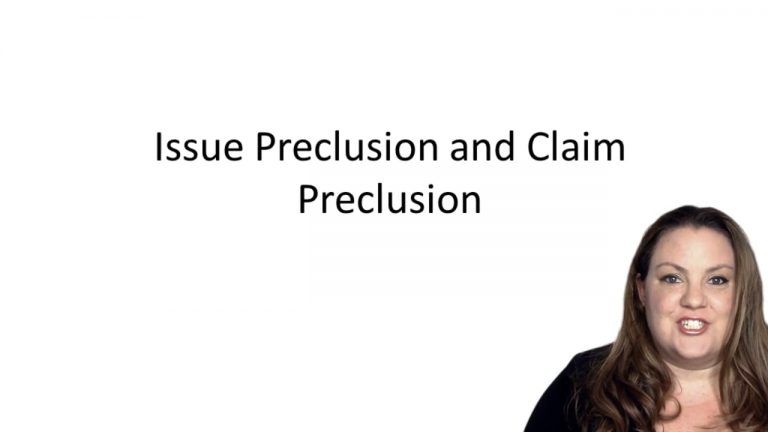SmartBrief
Confirm favorite deletion?
Civil Procedure Keyed to Yeazell
Taylor v. Sturgell
Citation:
553 U.S. 880 (2008)Facts
Taylor sued the FAA and the FEAC in the United States District Court for the District of Columbia, seeking to obtain the plans for a F-45 airplane’s engine via FOIA request. Less than a month prior to Taylor’s lawsuit, his friend, Greg Herrick, filed a similar suit in another district court, seeking the same information. In Herrick’s case, Herrick filed a FOIA request seeking copies of any technical documents about the F-45 contained in the FAA’s records. The FAA denied the request, stating that they would not release the information because it constituted FEAC’s trade secrets. When Herrick produced a letter written by FEA in 1955 that appeared to be a repudiation of trade secret protection on FEAC’s part, the FAA contacted the company, which exercised its trade secret protection. Herrick’s suit was then dismissed. In the current case, Taylor sued, represented by the same attorney, arguing, in addition to claims raised in Herrick’s suit, that FEAC was not able to now use trade secret protections when it appeared to dispense with them years prior. In this litigation, FEAC intervened and filed a motion to dismiss based on virtual representation. The district court agreed, granting summary judgment to the FAA and Fairchild on the grounds of claim preclusion. The United States Court of Appeals for the District of Columbia Circuit affirmed, finding that Taylor was “virtually represented” by Herrick. Taylor appealed.
Only StudyBuddy Pro offers the complete Case Brief Anatomy*
Access the most important case brief elements for optimal case understanding.
*Case Brief Anatomy includes: Brief Prologue, Complete Case Brief, Brief Epilogue
- The Brief Prologue provides necessary case brief introductory information and includes:
Topic:
Identifies the topic of law and where this case fits within your course outline.Parties:
Identifies the cast of characters involved in the case.Procedural Posture & History:
Shares the case history with how lower courts have ruled on the matter.Case Key Terms, Acts, Doctrines, etc.:
A case specific Legal Term Dictionary.Case Doctrines, Acts, Statutes, Amendments and Treatises:
Identifies and Defines Legal Authority used in this case.
- The Case Brief is the complete case summarized and authored in the traditional Law School I.R.A.C. format. The Pro case brief includes:
Brief Facts:
A Synopsis of the Facts of the case.Rule of Law:
Identifies the Legal Principle the Court used in deciding the case.Facts:
What are the factual circumstances that gave rise to the civil or criminal case? What is the relationship of the Parties that are involved in the case.Issue(s):
Lists the Questions of Law that are raised by the Facts of the case.Holding:
Shares the Court's answer to the legal questions raised in the issue.Concurring / Dissenting Opinions:
Includes valuable concurring or dissenting opinions and their key points.Reasoning and Analysis:
Identifies the chain of argument(s) which led the judges to rule as they did.
- The Brief Prologue closes the case brief with important forward-looking discussion and includes:
Policy:
Identifies the Policy if any that has been established by the case.Court Direction:
Shares where the Court went from here for this case.
Topic Resources
Topic Outline

 10m 50s
10m 50s